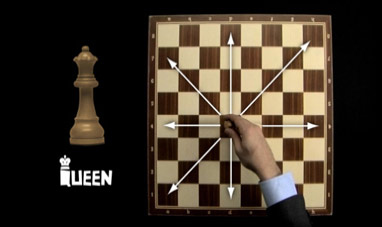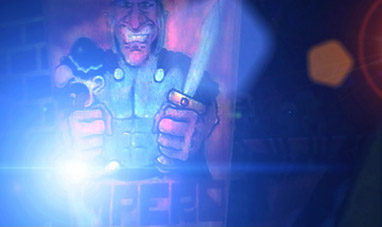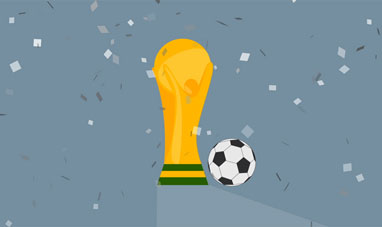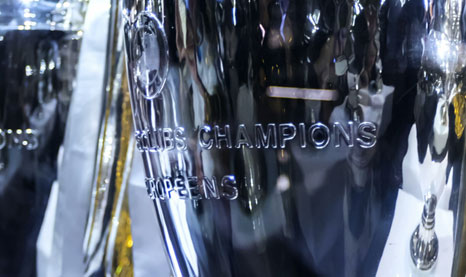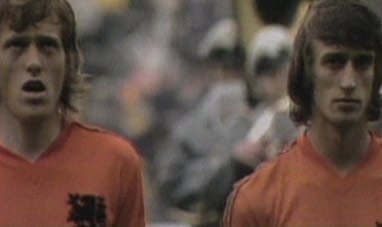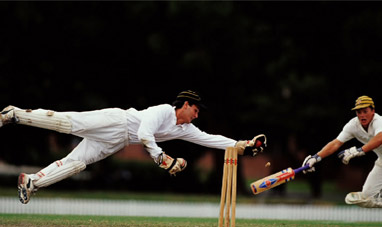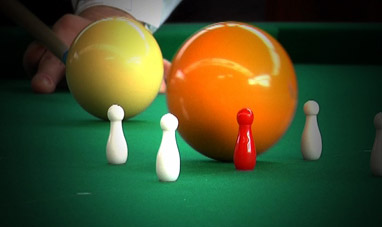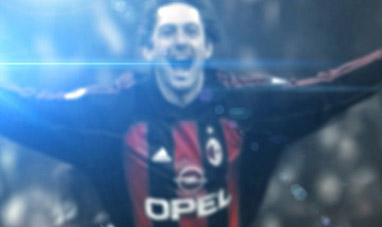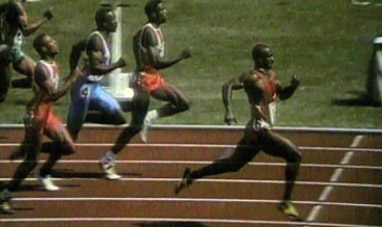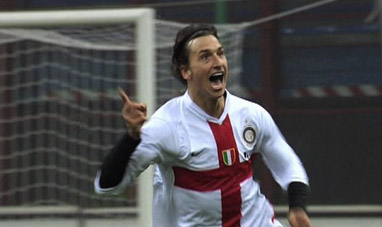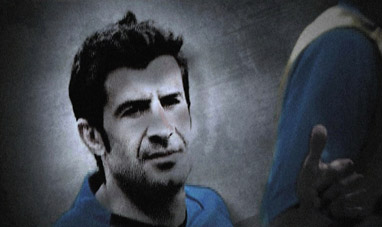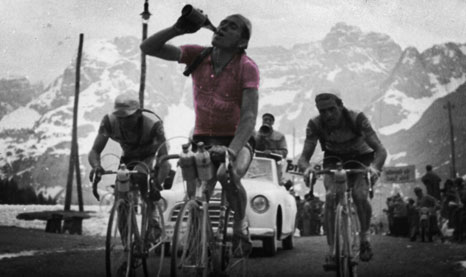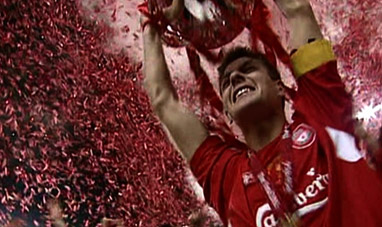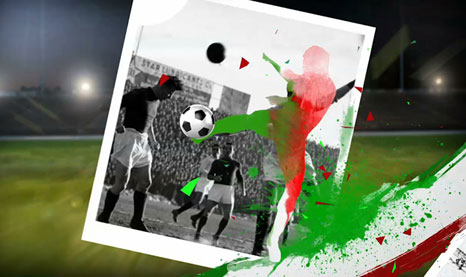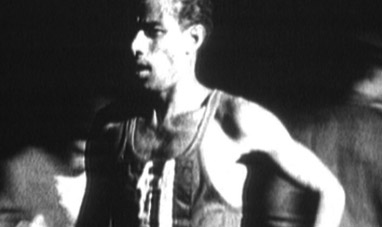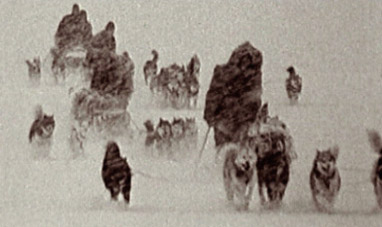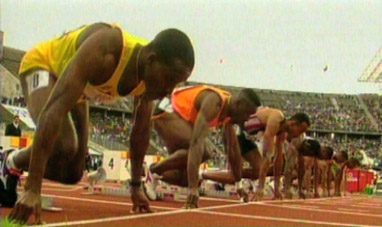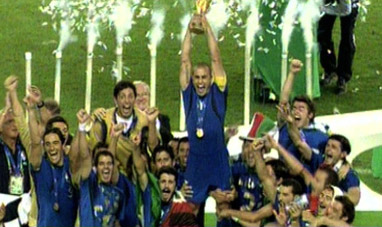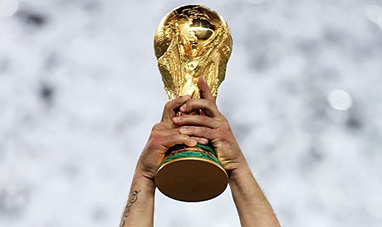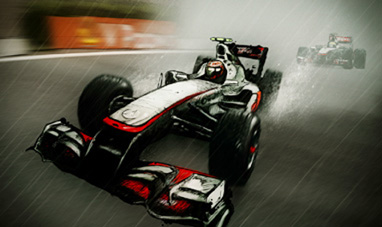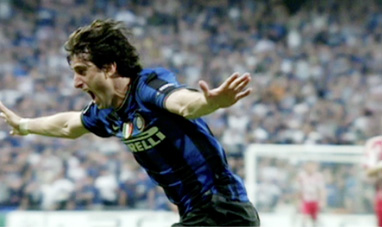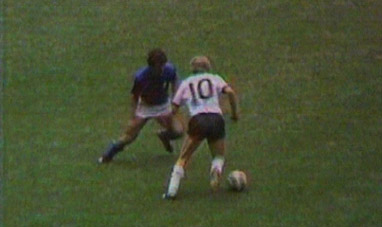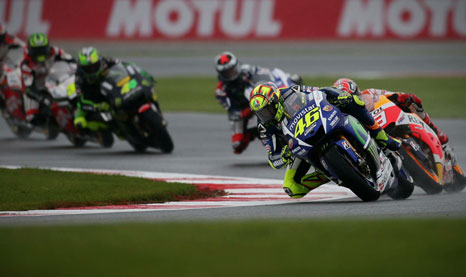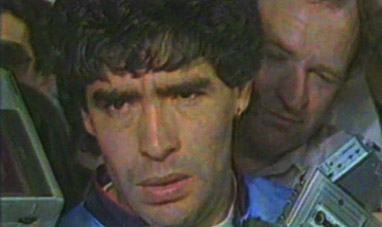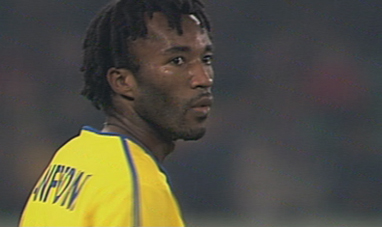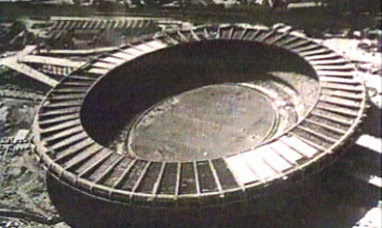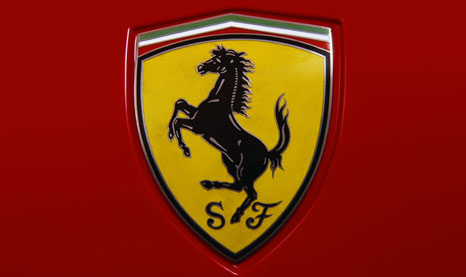On November 25th, 1953 at Wembley Stadium in London, the English football team left their home field in defeat for the very first time. This so-called desecration of Wembley was called “the Match of the Century”. There were a lot of star players on the Hungarian team, including the deep lying center forward Hidegkuti Czibor and world famous goalscorer Sandor Kocsis. Ferenc Puskas, however, made the greatest impact with his lightning left kick. Guiding this victory was the team’s coach Gusztav Sebes, who deployed an offensive line comprised of Kocsis, Puskas and Hidegkuti. The latter didn’t really play in alignment with his companions, but instead stayed back in order to lure a defender away from the goal. This gameplan created wide open spaces for the formidable shots of Puskas and Kocsis whose game is mostly played in the air, not along the field, with support in the wings by the attacking positions. This spectacular formation produced sensational results. Between 1950 and 1954 Hungary remained undefeated and won 28 out of 31 matches and scoring 142 goals .
In 1952 they triumphed at the Helsinki Olympics and the following year the accepted the challenge from the English, the masters of European football, and taught them a hard lesson. They beat them 6 to 3 at Wembley and, six months later, humiliated them again with a score of 7-1 in Budapest. By this point they were now considered the best team in the world, and at home they were called Aranycsapat or “the Golden Team”. In 1954, they faced their stiffest competition yet at the World Cup. The quality of their play and the team’s top talent, however, overwhelmed their opponents. In the eliminatory round they annihilated Korea 9-0 and won 8-3 against West Germany. Brazil was then eliminated 4-2 and, in the semi-finals with the reigning champions Uruguay, they defeated them in overtime. On July 4th, 1954, Hungary found itself in the final once again, playing against Germany. Despite their showing in the semifinal and an injured Puskas, the Magyars were predicted to win. Indeed, they were already ahead by two goals within the first 8 minutes of the match. Germany, however, rallied for a comeback and by the 84th minute of the game had taken the lead. Puskas scored to tie the game at 3-3, but the score was nullified as one of Hungary’s players was offsides. To everyone's amazement Germany won.
The Germans had exhibited a surprising athletic tenacity during the game and immediately there were suspicions of doping, an accusation strengthened when several German players were later stricken with jaundice. But the ruling on the field was final. History would never grant a rematch to the embarrassed Hungarians. In the fall of 1956, while the players were abroad for a tour, the Soviet army invaded Hungary. Almost all of the athletes chose exile rather than returning home. This marked the end of the Golden Team. Despite the team’s defeat at the World Cup, the “Match of the Century” remains legendary in the history of European football due to the quality of its players and the cohesiveness of their playing. The legend’s charm is enhanced by its outcome, which embodies one of the great unwritten rules on football: he who plays the better game does not always win.
In 1952 they triumphed at the Helsinki Olympics and the following year the accepted the challenge from the English, the masters of European football, and taught them a hard lesson. They beat them 6 to 3 at Wembley and, six months later, humiliated them again with a score of 7-1 in Budapest. By this point they were now considered the best team in the world, and at home they were called Aranycsapat or “the Golden Team”. In 1954, they faced their stiffest competition yet at the World Cup. The quality of their play and the team’s top talent, however, overwhelmed their opponents. In the eliminatory round they annihilated Korea 9-0 and won 8-3 against West Germany. Brazil was then eliminated 4-2 and, in the semi-finals with the reigning champions Uruguay, they defeated them in overtime. On July 4th, 1954, Hungary found itself in the final once again, playing against Germany. Despite their showing in the semifinal and an injured Puskas, the Magyars were predicted to win. Indeed, they were already ahead by two goals within the first 8 minutes of the match. Germany, however, rallied for a comeback and by the 84th minute of the game had taken the lead. Puskas scored to tie the game at 3-3, but the score was nullified as one of Hungary’s players was offsides. To everyone's amazement Germany won.
The Germans had exhibited a surprising athletic tenacity during the game and immediately there were suspicions of doping, an accusation strengthened when several German players were later stricken with jaundice. But the ruling on the field was final. History would never grant a rematch to the embarrassed Hungarians. In the fall of 1956, while the players were abroad for a tour, the Soviet army invaded Hungary. Almost all of the athletes chose exile rather than returning home. This marked the end of the Golden Team. Despite the team’s defeat at the World Cup, the “Match of the Century” remains legendary in the history of European football due to the quality of its players and the cohesiveness of their playing. The legend’s charm is enhanced by its outcome, which embodies one of the great unwritten rules on football: he who plays the better game does not always win.

